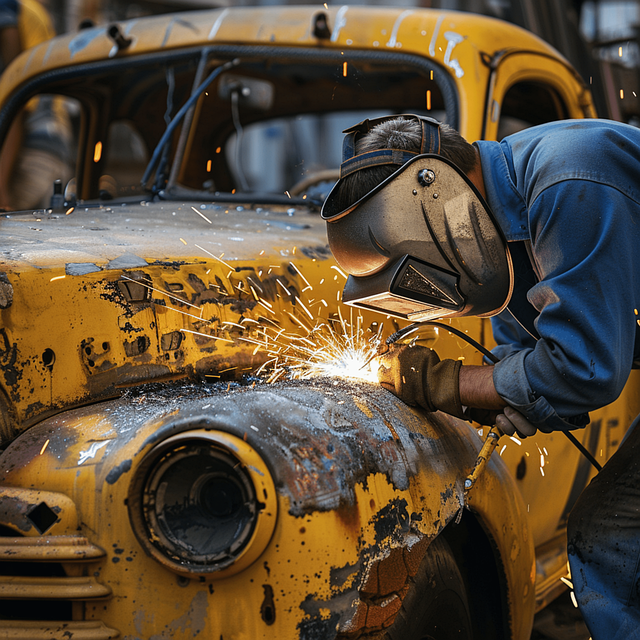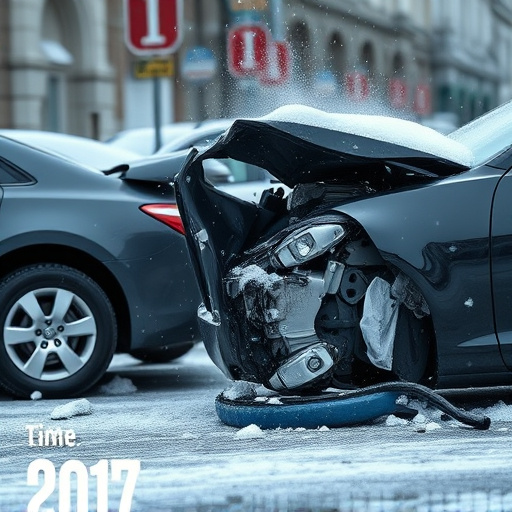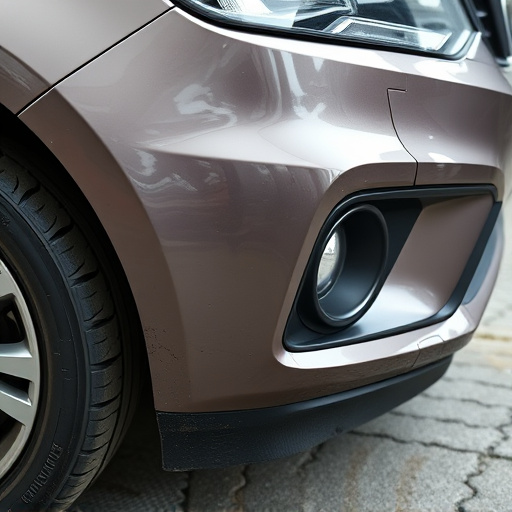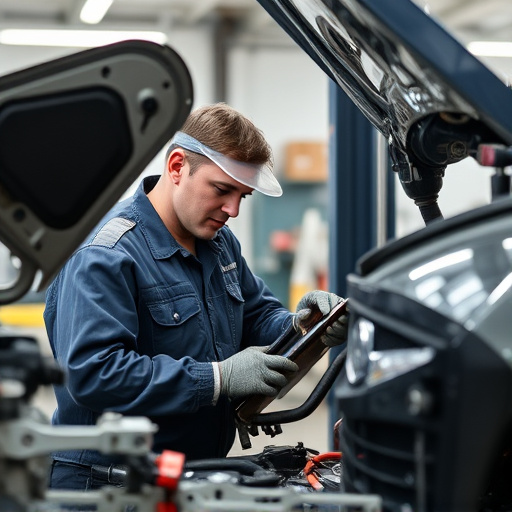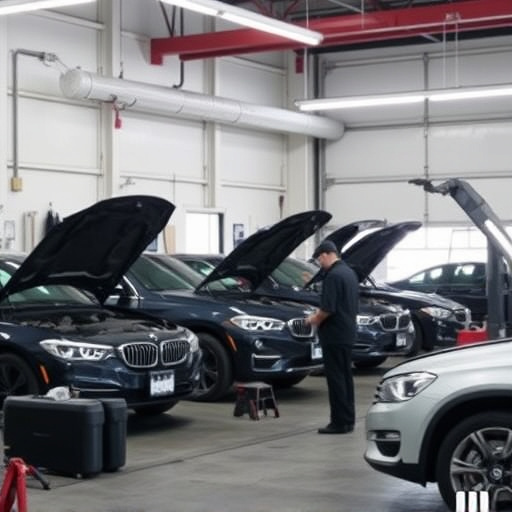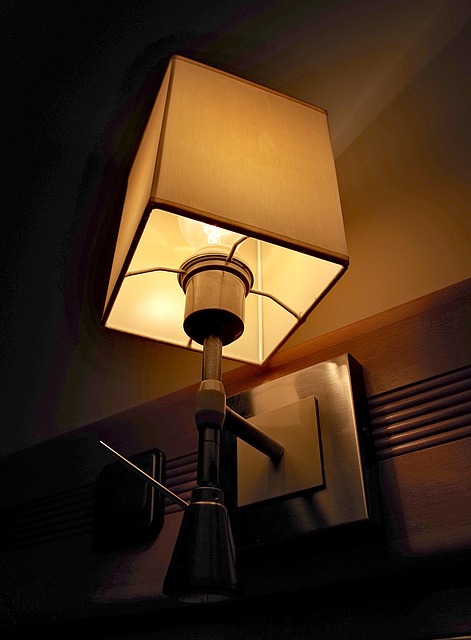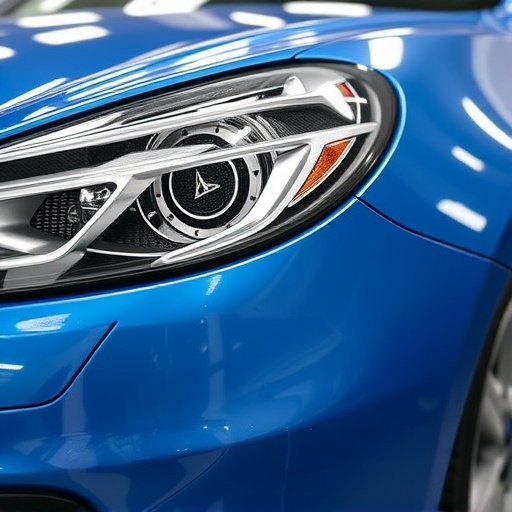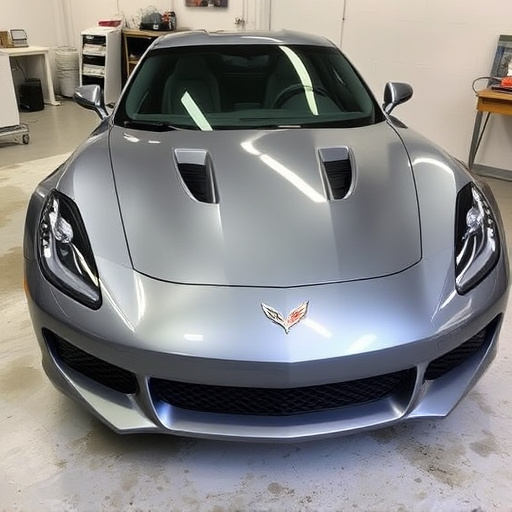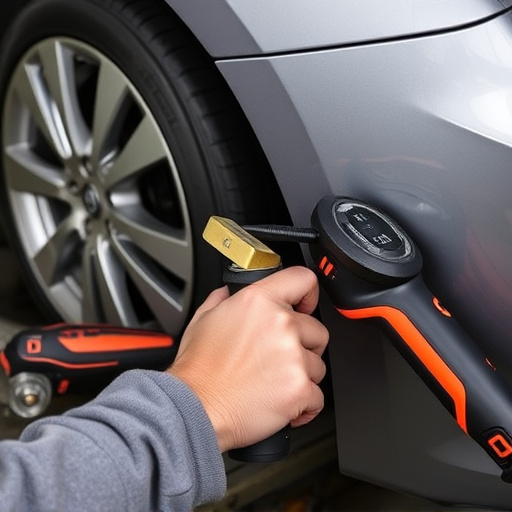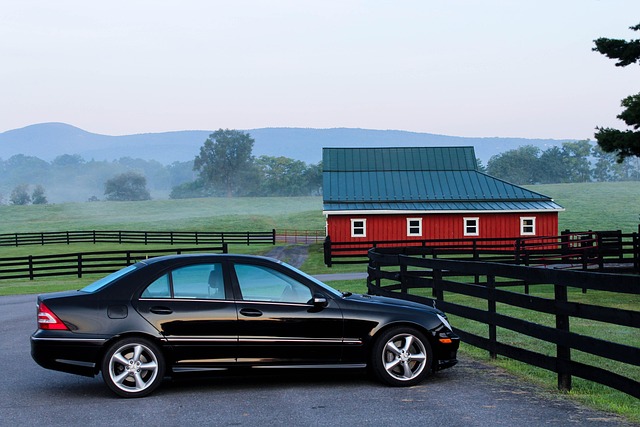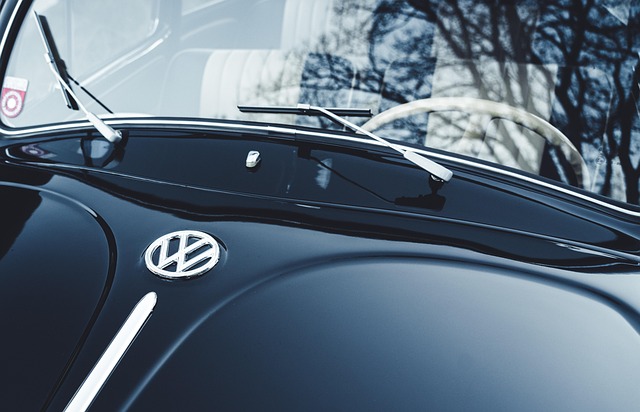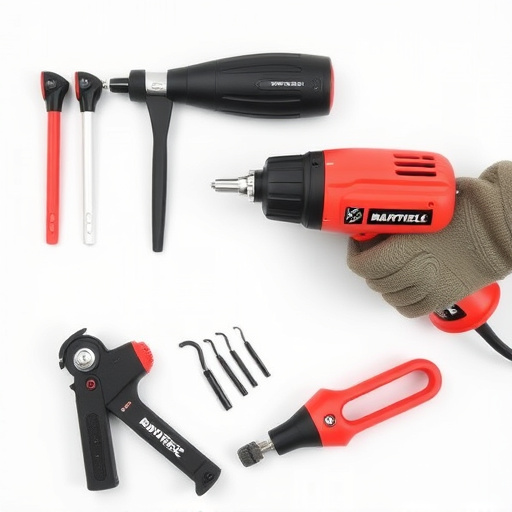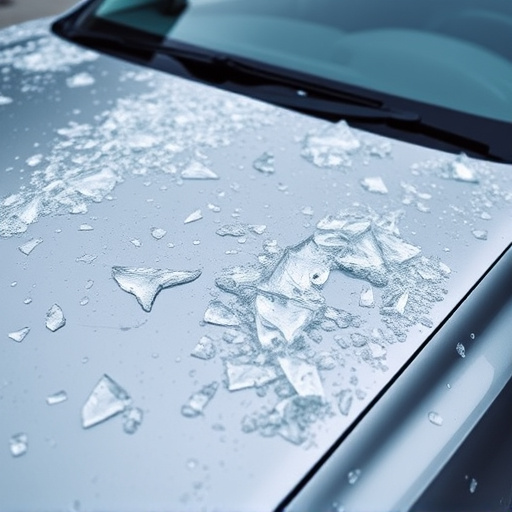The auto body paint service involves meticulous assessment and preparation to address damage, with skilled technicians applying primer and painting vehicles considering size, complexity, finish, and color changes. Turnaround times vary based on damage extent, repairs needed, size of damaged areas, number of coats, environmental conditions, and scheduling conflicts, crucial for customer satisfaction. Efficiency is optimized through streamlined processes, modern equipment, organized workshops, and staff trained in latest technologies to minimize delays in a competitive market valuing prompt repairs.
Discover the timeline behind auto body paint service. Learn about the intricate process from preparation to application, and how various factors influence completion times. From weather conditions to vehicle complexity, understanding these elements empowers you to optimize turnaround times. Explore strategies for faster repairs without compromising quality, ensuring your vehicle returns to its pre-accident condition promptly.
- Understanding the Auto Body Paint Process
- Factors Affecting Service Completion Time
- Optimizing Turnaround for Faster Repairs
Understanding the Auto Body Paint Process
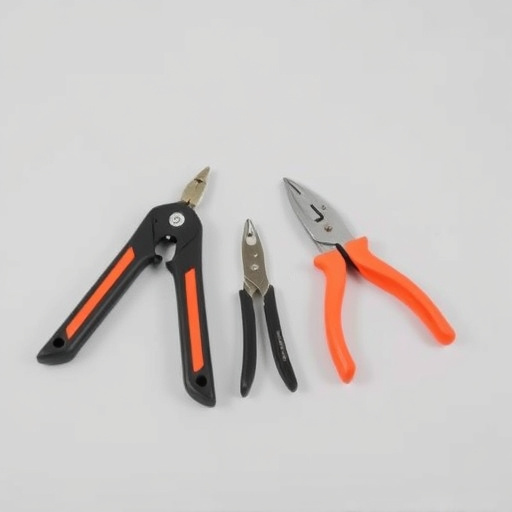
The auto body paint service is a meticulous process that involves several intricate steps to ensure a flawless finish. It begins with an extensive assessment of the vehicle’s damage, which includes identifying and repairing any dents, scratches, or other cosmetic issues. Once the car is in pristine condition, the surface is thoroughly cleaned and prepared for painting, often involving sandblasting or priming to create a smooth base. This meticulous preparation is crucial as it ensures better paint adhesion and longevity.
After the groundwork is laid, skilled technicians apply layers of primer, which helps equalize the metal’s surface and provide an ideal canvas for the upcoming color coat. The painting process itself can vary in duration based on several factors, such as the size and complexity of the vehicle, the number of color changes required, and the desired finish. This meticulous artistry ensures that not only is the car restored to its pre-accident condition but also enhanced with a vibrant, durable coat of paint, akin to a masterpiece in automotive collision repair or car restoration.
Factors Affecting Service Completion Time
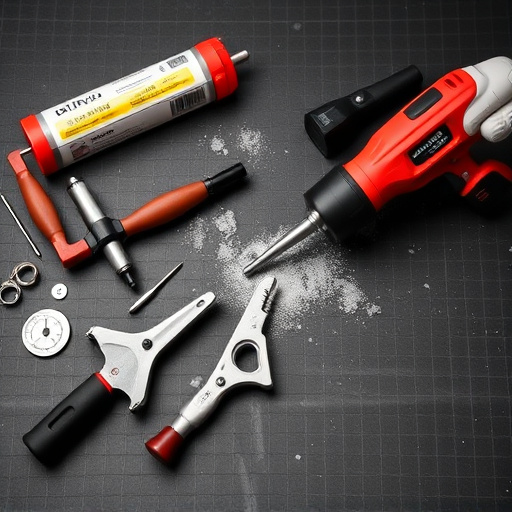
The duration of an auto body paint service varies based on several factors that influence the overall completion time. One primary determinant is the extent of damage or repairs required. Complex jobs involving extensive panel replacement, intricate dent removal, or significant rust repair will naturally take more time compared to simple touch-ups or minor dents. The size and accessibility of damaged areas play a crucial role as well; working on tight spaces might slow down the process.
Another factor is the number of coats of paint needed. Auto body painting involves several layers, each requiring drying time. More extensive repairs often necessitate additional coats to ensure a smooth, durable finish, leading to longer service times. Moreover, environmental conditions like temperature and humidity can impact curing times, potentially adding a few hours or even days to the overall schedule. Fleet repair services or auto repair shops managing multiple vehicles simultaneously might also face delays due to scheduling conflicts and the need for specialized equipment for certain fender repairs.
Optimizing Turnaround for Faster Repairs
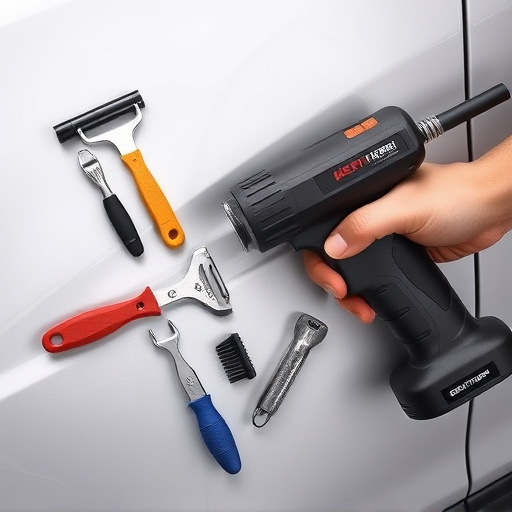
Optimizing turnaround time is a key strategy for any auto body paint service aiming to offer faster repairs and enhance customer satisfaction. By streamlining processes and employing efficient techniques, skilled technicians can significantly reduce the duration of the repair process. This involves careful planning, ensuring all necessary materials are readily available, and utilizing modern equipment that expedites painting without compromising quality.
A well-organized workshop with a logical flow of work can make a substantial difference. Efficient communication between staff members and a systematic approach to each repair task contribute to minimizing delays. Additionally, training technicians in the latest painting technologies and techniques allows them to work more swiftly while maintaining precision. This focus on optimization not only benefits customers waiting for their vehicles but also ensures the auto body paint service remains competitive in a market where time is of the essence, especially after incidents like car collisions or minor scratches that require prompt repairs, such as auto glass replacement.
Auto body paint service turnaround times vary based on several factors, including vehicle complexity, damage extent, and shop capacity. Understanding these variables empowers car owners to make informed decisions. By optimizing processes and utilizing efficient techniques, repair shops can significantly reduce service completion time, ensuring faster repairs without compromising quality. This not only benefits customers but also contributes to a more streamlined auto body paint service industry.
